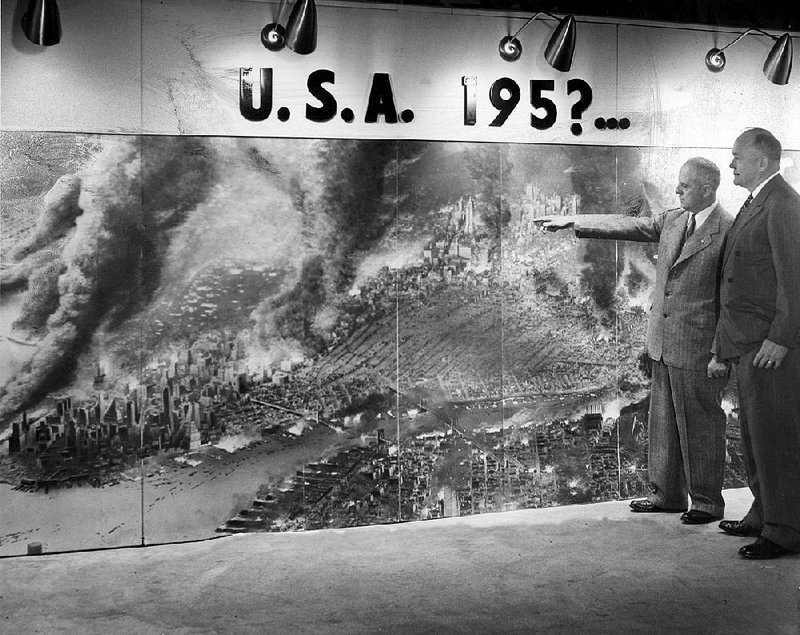WASHINGTON -- President Donald Trump's recent tweets about his big nuclear button may have been intended to deter a nuclear weapons exchange with North Korea, but the nation's top public-health agency is taking the prospect of a nuclear attack seriously.
On Jan. 16, the Centers for Disease Control and Prevention will present a workshop titled "Public Health Response to a Nuclear Detonation," for doctors, government officials, emergency responders and others whom, if they survived, would be responsible for leading the emergency response to a nuclear attack.
"While a nuclear detonation is unlikely," the CDC states on its website, "it would have devastating results and there would be limited time to take critical protection steps. Despite the fear surrounding such an event, planning and preparation can lessen deaths and illness."
"Join us for this session of Grand Rounds to learn what public health programs have done on a federal, state and local level to prepare for a nuclear detonation. Learn how planning and preparation efforts for a nuclear detonation are similar and different from other emergency response planning efforts."
Bert Kelly, a spokesman for the CDC, said the agency started planning for the event last April, indicating that it was scheduled long before the president's recent tweets.
The workshop, Kelly said, "is part of CDC's long-standing and routine work, similar to work it does to prepare for other possible health emergencies, with the goal of ensuring the public health community is prepared for all types of health threats."
The public will be able to watch the event when it is live.
The last such CDC workshop took place in 2010.
The agenda includes "Preparing for the Unthinkable," to "Roadmap to Radiation Preparedness," and "Using Data and Decision Aids to Drive Response Efforts."
"It's a predictable response to the Trump administration, which is inflaming tensions and raising the risk of nuclear war," said Dr. Edwin Lyman, senior scientist with the Union of Concerned Scientists, a research and advocacy group.
"Nothing would offset the devastation," Lyman said, "but the question is, if North Korea sends one or two missiles to the U.S., are there things that the public should know, that could possibly reduce their risk?"
Since the end of the Cold War, public-health officials have tried, without alarming the public, to send a new message to those who might be nuclear blast survivors: Stay where you are, don't try to leave your building, or leave your town -- at least until officials say it is safe. That is likely to be a key message of the CDC presentation.
"What they are doing now is getting that message out ahead of time," said Dr. Mark Keim, a widely recognized disaster medicine expert who worked for the CDC for 16 years. "After a nuclear detonation is when the highest levels of radiation is in the environment. People who are survivors might try to go out to a hospital or evacuate the city. If that's the case, they would increase their exposure to radiation and that's where more deaths would occur, even more than the detonation itself."
Keim said he worked on one recent study that showed that more than 250,000 people could survive a 10-kiloton nuclear bomb on a city by simply staying where they are.
Hawaii has recently begun a statewide public-awareness campaign, including resurrecting and testing a warning siren system used during the Cold War. It is running a series of advertisements advising the public to remain indoors if such an attack were to occur.
Meanwhile, in New York, old Cold War signs designating nuclear fallout shelters that are now defunct have been removed of late, from many buildings, including schools.
SundayMonday on 01/07/2018

